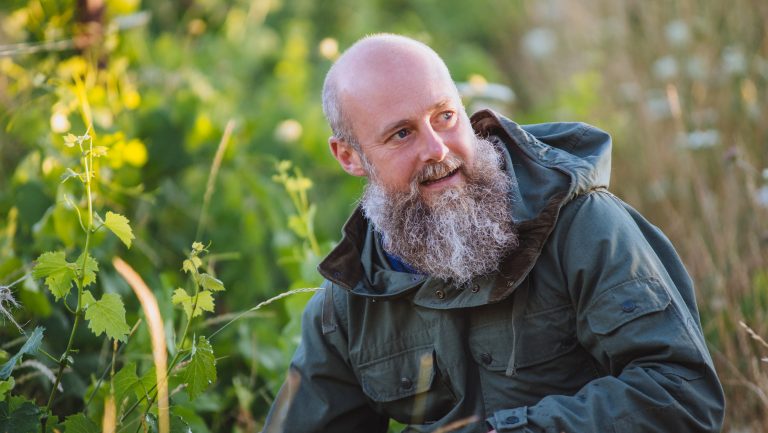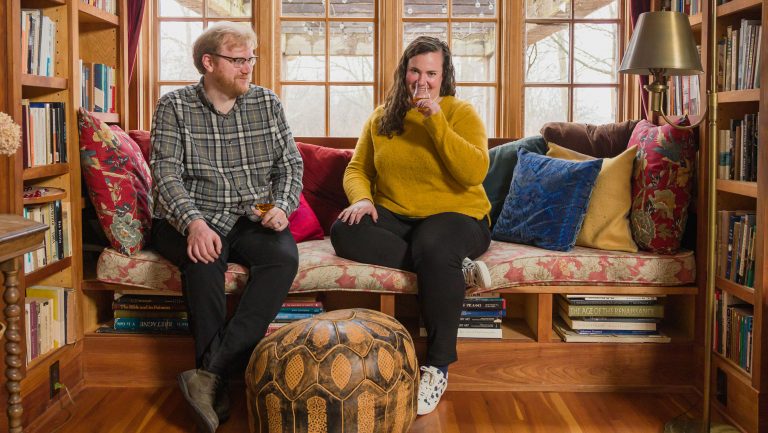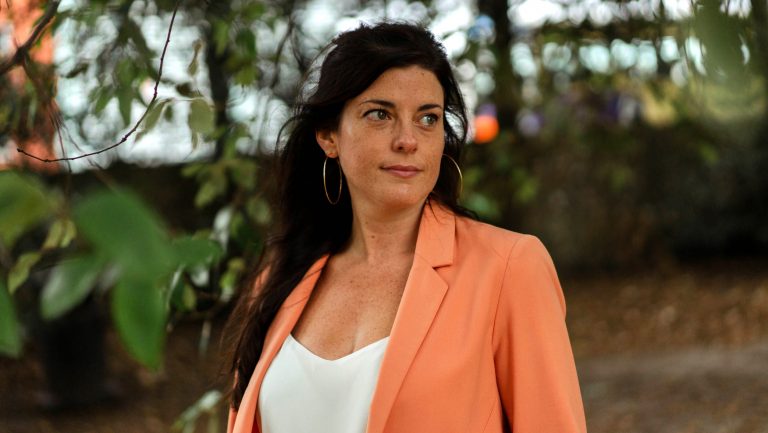Imagine the Duchy of Savoy during, say, the 17th century. Wooden wheels clattered slowly over cobbled roads. Women wore wide skirts and cinched corsets. The slide rule was the latest technology. An insidious and possibly addictive form of infotainment—the newspaper—was gaining in popularity. People didn’t smile much; their teeth were in terrible condition. Life was different in almost every way imaginable.
The wines were different, too, 400 years ago. Rudimentary filtering techniques and unabated oxygen exposure would have rendered them cloudier and more rustic.
I know what you’re thinking: Thanks to the current wave of makers of natural wines, who emulate their forefathers of centuries ago in the cellar, you’re familiar with this style of beverage.

Don’t miss the latest drinks industry news and insights. Sign up for our award-winning newsletters and get insider intel, resources, and trends delivered to your inbox every week.
But you aren’t.
Today’s natural wines might be made according to traditional cellar techniques. Viticulture might increasingly be leaning toward old-school farming philosophies such as biodynamics. (Bonus points for vineyards that are plowed by draft horses and pruned by sheep.)
But neither of these trends addresses a fundamental difference between the wines of today and the wines of yesteryear: varietal and clonal composition. The wines of centuries past weren’t single varietals; nor were they cellar blends, in the modern sense of the term. They were field blends.
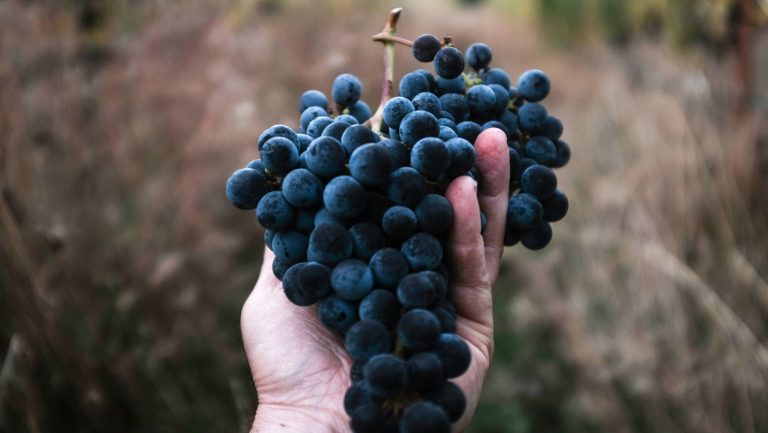
Viticulturists of past centuries didn’t plant single vineyards, or even blocks, of the same vine. Rather, they planted an assortment of vine varieties, intermingled. In essence, the winemaker was building a blend in the field—planting one variety for color, another for acidity, another for ripeness, and so on. In addition, this arrangement served as an insurance policy: If weather conditions were particularly rough on one or two varieties, the entire vintage wouldn’t be lost.
The downside came on harvest day, when one plant might be underripe while its neighbor was overripe. The system, in short, wasn’t perfect.
But it made for complex, intriguing wines. The handful of early-20th-century California field-blend-planted vineyards that have been preserved and revitalized make highly regarded cuvées today, among them Ridge’s Lytton Springs, Carlisle’s Two Acres, David Ramey’s Field Blend from his experimental Sidebar label, and Edge Hill’s Mixed Blacks, which sells for a cool $150 per bottle.
A younger generation of producers in California, including Morgan Twain-Peterson of Bedrock Wine Co., Matthew Rorick of Forlorn Hope, and the Bucklins at Bucklin Old Hill Ranch, have also embraced field-blend vineyards, such as Evangelho Vineyard in Contra Costa and Mokelumne Glen in Lodi.
And of course, there are plenty of Old World examples of field blends, most notably in Portugal’s Douro DOC, where both port and dry red table wines are made from scattershot cominglings of historic indigenous grape varieties. The Austrian analogue of these wines is the white Gemischter Satz, composed of at least three varieties, such as Grüner Veltliner, Weissburgunder, and Welschriesling.
And there are European new-wave producers, such as the iconoclast Frank Cornelissen in Sicily, who is expanding on the traditional field blends that already existed on the slopes of Mount Etna, further interplanting indigenous varieties like Malvasia, Moscadella, Insolia, and Nerello Mascalese.
At Hiyu Wine Farm in Oregon’s Columbia River Gorge, however, vigneron Nate Ready is doing something very different. He isn’t working within an existing tradition. And he isn’t merely growing one field blend.
There are 12 complex field blends at Hiyu Wine Farm, each planted with its own unique theme. Following a scheme that is half historically inspired, half mad scientist, Ready has planted more than 100 grape varieties on his 30 acres. And the plants aren’t just intermingled—Ready has gone so far as to graft multiple varieties onto one plant, mimicking what nature did in vineyards of past epochs, and what nature still does when vines are allowed to grow unchecked.
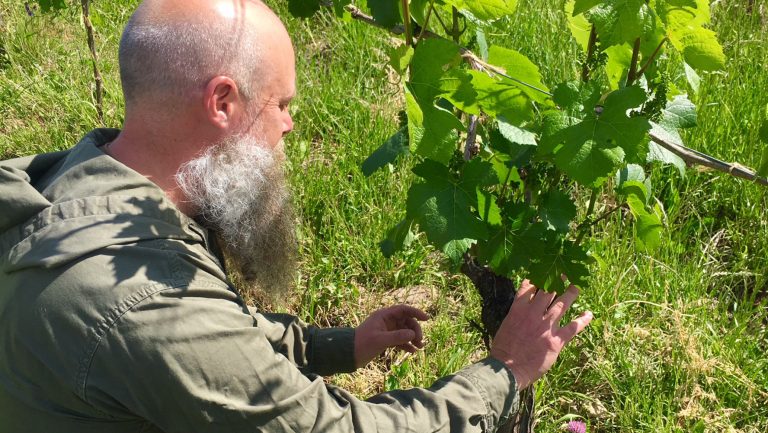
What did wine taste like in the 17th-century Duchy of Savoy? When Ready first mentioned to me that he was working on a Savoie wine, my brain went to today’s fresh, light whites from the village of Apremont. But Ready, a Master Sommelier, dug into ampelographic history and found that, in fact, Syrah and its genetic offspring were prevalent in the Alpine regions of Savoie (also known as Savoy) four centuries ago.
His Savoy-inspired vineyard parcel is a field blend of 10 grape varieties, further diversified as 25 different clones, 8 of which are cultivars of Syrah alone. The other varieties are Peloursin, Mondeuse, Marzemino, Teroldego, Lagrein, Roussanne, Charbono, Viognier, and Arvine.
Celebrating the wine, beer, and spirits professionals who are moving the drinks industry forward
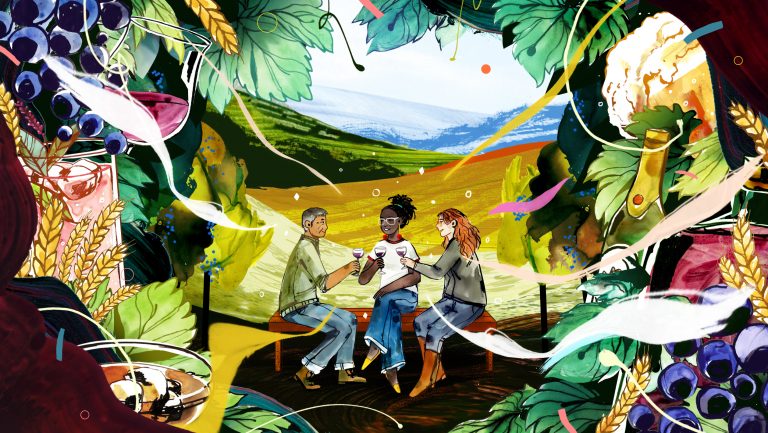
SevenFifty Daily’s 2018 Drinks Innovators
Other vineyard blocks are planted to recall, for example, the Kingdom of Croatia in the 1800s (Limberger, Schiopettino, Vugava, Hárslevelű, Kadarka, Gamay, Babić, Zweigelt, Valdiguié, Pignolo, Corvina Veronese, St. Laurent, and numerous clones of Zinfandel/Primitivo) and the 19th-century Valle d’Aosta (Nebbiolo, Fumin, Cornalin, Mayolet, Arvine).
While some of these names sound so über obscure as to be hardly believable, Ready says he has had no problem sourcing plant material from nurseries such as the Foundation Plant Services Grape Program at UC Davis and the Clean Plant Center at Washington State University.
To be clear, the blends aren’t precise reproductions. “We tried to imagine what was the most exciting thing we could have stumbled on, and we just grafted to that,” says Ready. “It’s about biodiversity and polyculture. There are thousands of possible grape varieties that could be planted in infinite combinations; history was just a way to find something to hold on to.”
Indeed, Ready has taken some poetic license—perhaps Chenin Blanc never grew in the Austro-Hungarian Empire, but maybe it should have. And why not interplant indigenous grape varieties of ancient Greece and Rome alongside outliers like the Croatian Pošip Bijeli?
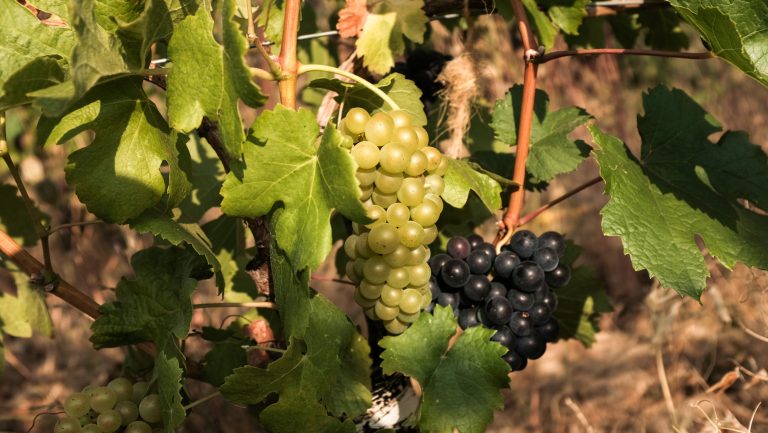
For the wine enthusiast, a visit to Hiyu Wine Farm evokes that eerie, thrilling sensation that a child feels on first arriving at Colonial Williamsburg and experiencing living history. The vineyard rows delight the trained eye: Leaf shapes differ from plant to plant, and as bunches begin to form and ripen, berries of different colors and sizes grow from the same plant. Ready has re-created what used to happen over time, when vines were allowed to reproduce unchecked, grow from seed, and mutate on the vine, their recessive genes sending out canes bearing fruit of a different color.
The only other grower in the U.S. who is going to such lengths to resurrect the past with an eye to the future is Randall Grahm of Bonny Doon, who was recently profiled by Adam Gopnik in the New Yorker for his experimental methods at Popelouchum, his vineyard near Santa Cruz, California.
While Ready has grafted for immediate gratification, Grahm is following a much slower course. As Gopnik writes of one of Grahm’s experiments, “He hopes to produce an entirely new American varietal by growing and crossing unlikely pairs of grapes from seed—which is a bit like an ambitious Yankees general manager trying to raise starting shortstops from embryos.”
Grahm calls another of his Popelouchum projects varietal autotuning: “Essentially, this is allowing a certain variety of grapes to pollinate itself. They are heterozygous, so the alleles reassort, so the offspring are not true to the parents. When you plant Grenache seeds, the seedlings will be Grenache-like but not Grenache,” Grahm says, lapsing into horticultural science-speak.
This recessive-gene growing scheme will take time; it takes a seedling six to seven years to develop into a viable vine, according to Grahm, and at that point it will become apparent, he says, that “98 percent of the offspring are in some sense genetically inferior. Only 1 to 2 percent are more interesting than their parents, better adapted to the site than their parents were.” That is, only 1 to 2 percent of those vines will be worth keeping.
Grahm’s already slow progress is being slowed further by the delicacy of his infant vines. After two-thirds of his first generation of 1,100 Grenache seedlings “were munched by rats and gophers,” Grahm has concluded that “we need owls, feral cats, and Jack Russell terriers.”
By comparison, Ready’s method of grafting to achieve immediate genetic diversity is, in a sense, artificial (even if grafting is an age-old craft). However, Ready also uses the time-honed technique of layering (he uses the archaic term provignage) to create self-rooted vines—he bends down shoots from healthy plants and buries them under the soil, where they proceed to put down roots of their own.
And while it’s slightly less risky than Grahm’s venture, the modus operandi at Hiyu Wine Farm looks like lunacy to most contemporary vine tenders. Ready’s life and business partner, China Tresemer, grew up on a biodynamic farm in Vermont, the daughter of anthroposophists (followers of the philosophies of Rudolf Steiner, the founder of biodynamics). Together, the two have developed a minimalist style of no-till farming based on biodynamics and permaculture, going so far as to swing scythes by hand rather than employ a tractor. They refrain from mowing or tilling, with the hope that grape seedlings will come up naturally among the vine rows.
The result, Ready feels, is worth it. “This is coming from a place of creativity based on past readings and research,” says Ready. “This is geared toward making magical, delicious wine.”
Built from scratch to echo the motley mix of varieties and clones that were drunk in centuries past, Hiyu Wine Farm’s bottlings tend to be cloudy and textural, in color spectrums that range from gold to orange to ruddy. Matthew Plympton, a partner at the California wholesaler Revel Wine, describes Ready’s otherworldly wines as “completely different,” yet with a “level of familiarity.”
Plympton admits that the wines, with prices starting at $75 a bottle, can be a bit of a challenge to sell. “Anytime we get Nate out in the market, articulating his vision and goal, it goes a long way in getting people to wrap their heads around these wines,” he says. Plympton works with other winegrowers, such as Matthew Rorick at Forlorn Hope and Dan Rinke at Johan Vineyards in Oregon, who are experimentally grafting over portions of vineyards to unusual (for the United States) varieties, but Ready, he says, has taken the idea to an entirely new level.
“When we first approached the wines, our heads were blown off,” Plympton recalls. “Nate has come out of the gate swinging from the fences.”


Dispatch
Sign up for our award-winning newsletter
Don’t miss the latest drinks industry news and insights—delivered to your inbox every week.
Katherine Cole is the author of four books on wine, including Rosé All Day. She is also the executive producer and host of The Four Top, a James Beard Award–winning food-and-beverage podcast on NPR One. She is currently working on a fifth book, Sparkling Wine Anytime (Abrams), to be published in Fall 2020.

